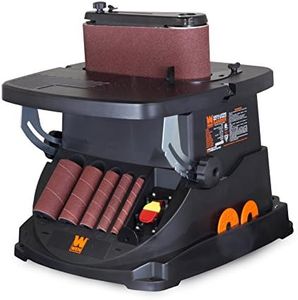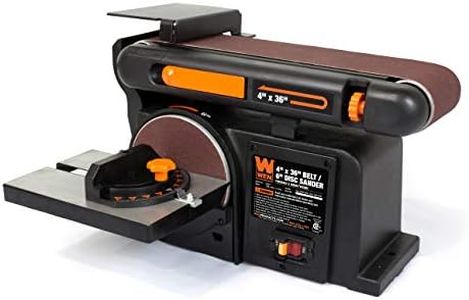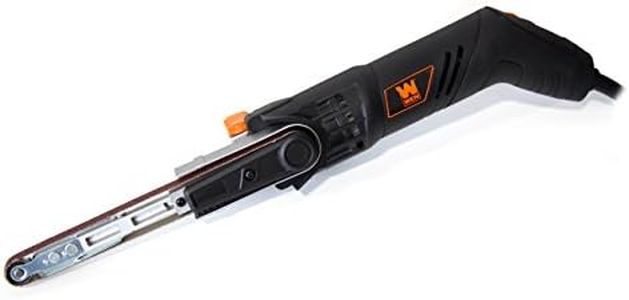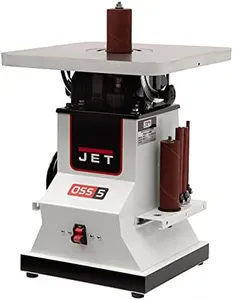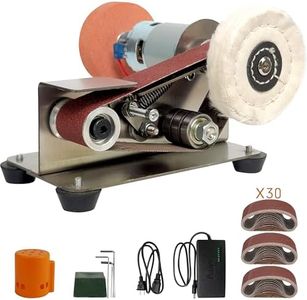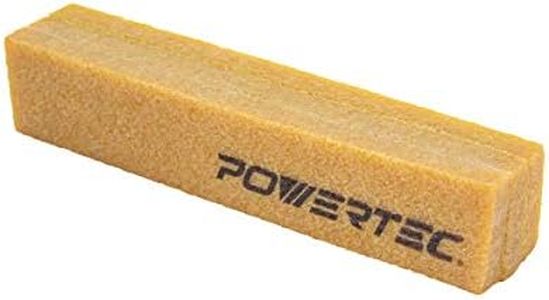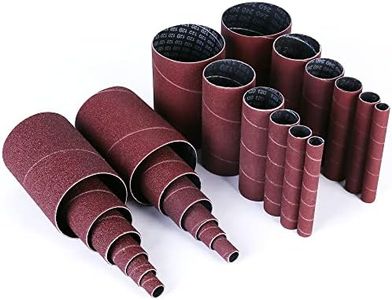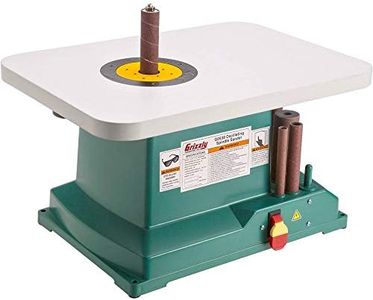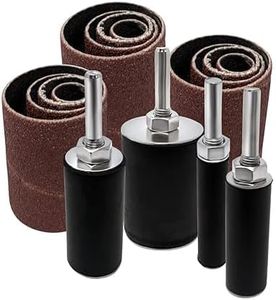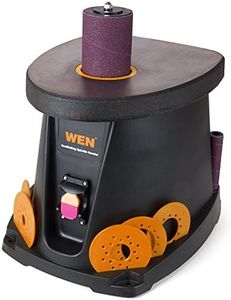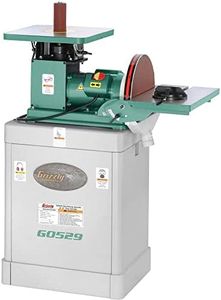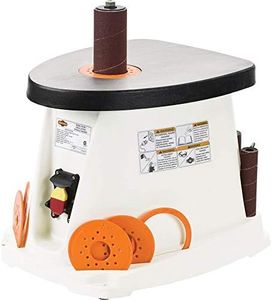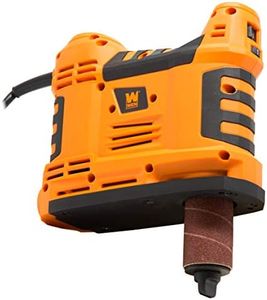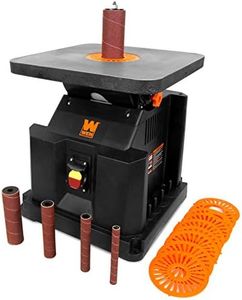We Use CookiesWe use cookies to enhance the security, performance,
functionality and for analytical and promotional activities. By continuing to browse this site you
are agreeing to our privacy policy
10 Best Spindle Sanders 2025 in the United States
How do we rank products for you?
Our technology thoroughly searches through the online shopping world, reviewing hundreds of sites. We then process and analyze this information, updating in real-time to bring you the latest top-rated products. This way, you always get the best and most current options available.

Buying Guide for the Best Spindle Sanders
When it comes to picking the right spindle sander, it's important to understand the key specifications and how they align with your specific needs. Spindle sanders are essential tools for woodworking, especially when it comes to sanding curves and contours. By understanding the key specs, you can make an informed decision and choose a spindle sander that will serve you well for your projects.Motor PowerMotor power is measured in horsepower (HP) or amps and determines how powerful the spindle sander is. A more powerful motor can handle tougher materials and more demanding tasks. For light to moderate use, a motor with 1/2 to 3/4 HP is usually sufficient. For heavy-duty use or professional woodworking, you might want to consider a motor with 1 HP or more. Your choice should depend on the type of projects you plan to undertake and the materials you will be working with.
Oscillations Per Minute (OPM)Oscillations per minute (OPM) refer to how many times the spindle moves up and down in a minute. Higher OPM can result in a smoother finish and faster material removal. For general use, an OPM range of 1,500 to 2,000 is typically adequate. If you need more precision and a finer finish, look for a spindle sander with higher OPM. Consider the level of detail and finish quality you need for your projects when choosing the OPM.
Spindle SizesSpindle sizes refer to the diameter of the sanding drums that the sander can accommodate. Different sizes allow you to sand various curves and contours. Common spindle sizes range from 1/4 inch to 2 inches. For versatility, look for a spindle sander that offers multiple spindle sizes. If you work on a variety of projects with different shapes and sizes, having a range of spindle sizes will be beneficial.
Table Size and TiltThe table size and tilt capability of a spindle sander affect the ease of handling larger workpieces and the ability to sand at different angles. A larger table provides more support for bigger pieces, while a tilting table allows for angled sanding. For general woodworking, a table size of around 15 x 15 inches is usually sufficient. If you frequently work with large or angled pieces, consider a spindle sander with a larger and tilting table.
Dust CollectionDust collection is an important feature that helps keep your workspace clean and reduces the amount of airborne dust. Look for a spindle sander with a built-in dust port that can be connected to a shop vac or dust collection system. Effective dust collection is crucial for maintaining a clean and safe working environment, especially if you work indoors or have respiratory sensitivities.
Ease of Use and AdjustabilityEase of use and adjustability refer to how user-friendly the spindle sander is and how easily you can make adjustments. Features like tool-free spindle changes, easy-to-read controls, and adjustable speed settings can enhance your experience. If you are a beginner or prefer a hassle-free operation, look for a spindle sander with intuitive controls and easy adjustability. Consider your comfort and convenience when choosing a model.
Most Popular Categories Right Now
